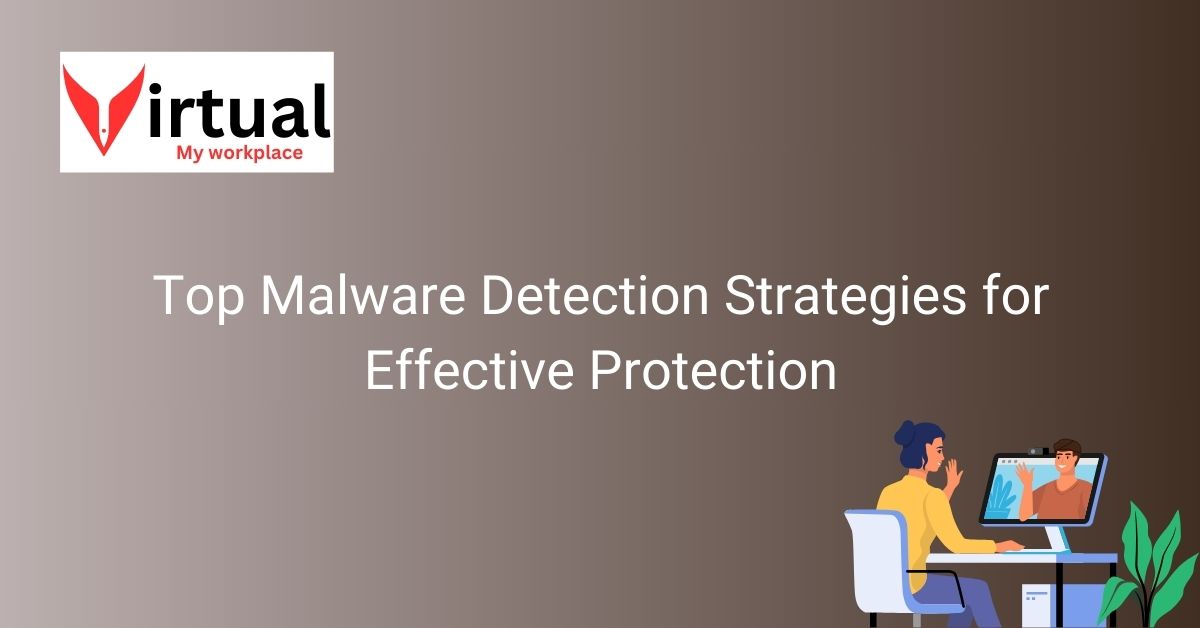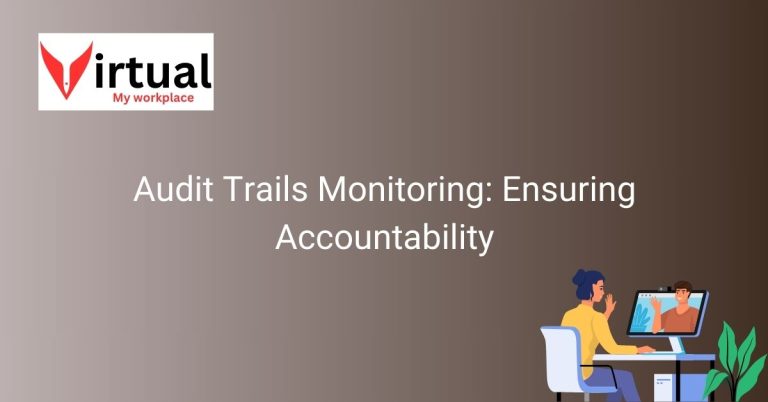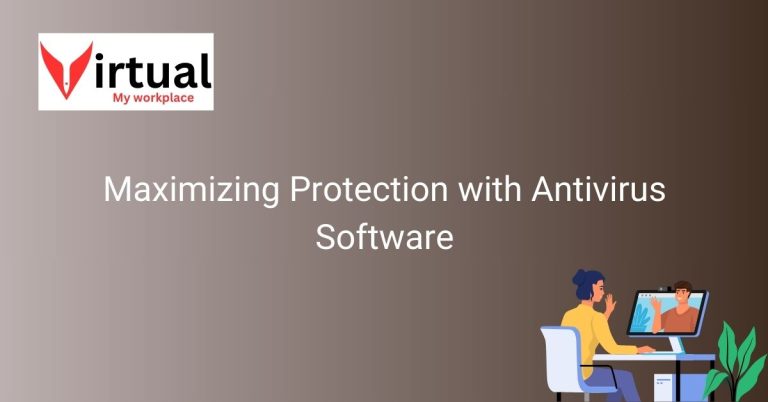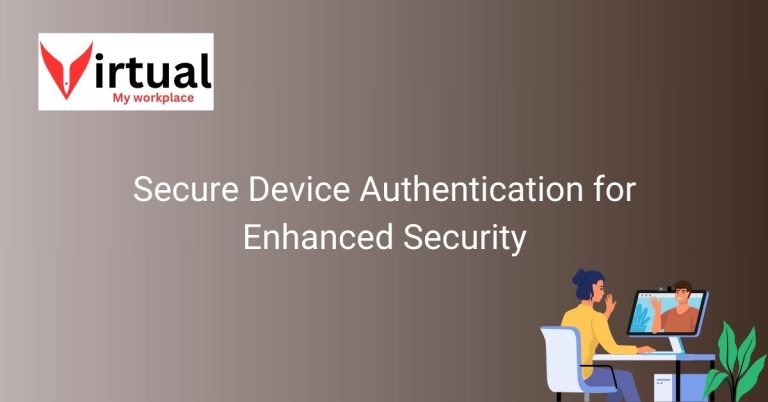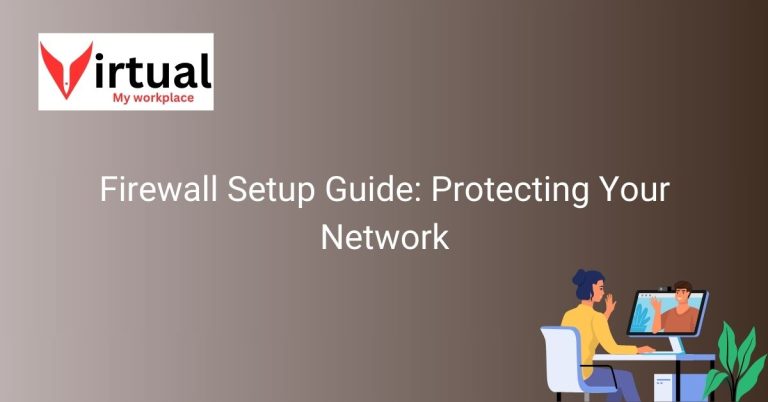Top Malware Detection Strategies for Effective Protection
Protecting your virtual workplace from malware is crucial in today’s digital landscape. By implementing effective detection strategies, you can safeguard your data and systems from potential threats. Stay ahead of cyberattacks by utilizing top-notch methods to detect and prevent malware from infiltrating your virtual workspace.
With the right malware detection strategies in place, you can ensure the security and integrity of your virtual workplace. From regular scans to real-time monitoring, these tactics can help you stay one step ahead of cyber threats. By prioritizing effective protection measures, you can minimize the risk of malware compromising your sensitive information.
Regular Scans for Malware Detection
Regular scans for malware detection are essential in maintaining the security of your virtual workplace. Scheduled scans help in identifying any suspicious activities or potential threats lurking within your systems. By conducting these scans at set intervals, you can proactively address any malware issues before they escalate, ensuring the safety of your data and networks.
Real-Time Monitoring Techniques
Real-time monitoring techniques offer continuous surveillance of your virtual workplace, providing immediate alerts and notifications of any unusual behavior. By leveraging real-time monitoring tools, you can detect and respond to malware threats in a timely manner, preventing any significant damages to your systems. The benefits of continuous monitoring include enhanced threat visibility and rapid incident response capabilities.
Utilizing Advanced Detection Software
Advanced detection software plays a crucial role in identifying and mitigating malware threats within your virtual workplace. Effective software solutions come equipped with features such as heuristic scanning, sandboxing, and threat intelligence integration. By utilizing such advanced tools, you can bolster your security defenses and stay ahead of evolving malware tactics.
Implementing Behavioral Analysis Tools
Behavioral analysis tools analyze the patterns and activities of users and applications within your virtual workplace. By understanding typical behavioral patterns, these tools can detect deviations that may indicate a malware presence. Implementing behavioral analysis tools enhances your threat detection capabilities and helps in identifying sophisticated malware attacks.
Setting Up Intrusion Detection Systems
Intrusion Detection Systems (IDS) are crucial components of a robust cybersecurity posture for your virtual workplace. IDS monitor network traffic for suspicious activities and known malware signatures, triggering alerts upon detection. By implementing IDS, you can enhance your security measures and swiftly respond to potential threats, safeguarding your critical assets.
Educating Employees on Malware Awareness
Educating employees on malware awareness is a critical aspect of protecting your virtual workplace. Staff training programs can help in raising awareness about common malware tactics, phishing scams, and best practices for cybersecurity hygiene. By empowering your employees with knowledge, you can create a human firewall against malicious attacks and strengthen your overall security posture.
Establishing Incident Response Plans
Establishing incident response plans is essential for effectively managing and mitigating malware incidents within your virtual workplace. These plans outline the steps to be taken in the event of a security breach, including containment, eradication, and recovery strategies. By having well-defined incident response plans in place, you can minimize downtime and limit the impact of malware attacks on your operations.
Regular Updates and Patch Management
Regular updates and patch management are integral to keeping your systems secure and resilient against malware threats. Ensuring that your software, applications, and operating systems are up-to-date with the latest security patches helps in closing potential vulnerabilities. By prioritizing regular updates and patch management, you can fortify your defenses and maintain a secure virtual workplace environment.
Frequently Asked Questions
Learn more about protecting your digital assets with these informative FAQs on malware detection strategies.
What are some common malware detection techniques?
Common malware detection techniques include signature-based scanning, heuristic analysis, sandboxing, and behavior-based detection. These methods help identify and prevent malicious software from infiltrating your systems.
How often should I conduct malware scans?
Regular malware scans should be conducted at least once a week to detect any potential threats. Real-time monitoring can also help identify and mitigate malware in a timely manner.
What role does employee training play in malware detection?
Employee training is crucial in malware detection as it helps educate staff on how to recognize and respond to potential threats. By raising awareness and promoting best practices, employees can become a line of defense against malware attacks.
Is it important to update software for malware protection?
Updating software is essential for malware protection as it ensures that security patches and enhancements are in place to defend against evolving threats. Regular updates help strengthen your defenses and minimize vulnerabilities.
How can I enhance malware detection in a virtual workspace?
Enhancing malware detection in a virtual workspace involves implementing multi-layered security measures, utilizing intrusion detection systems, and conducting regular security audits. By proactively addressing potential risks, you can reduce the likelihood of malware compromising your systems.

